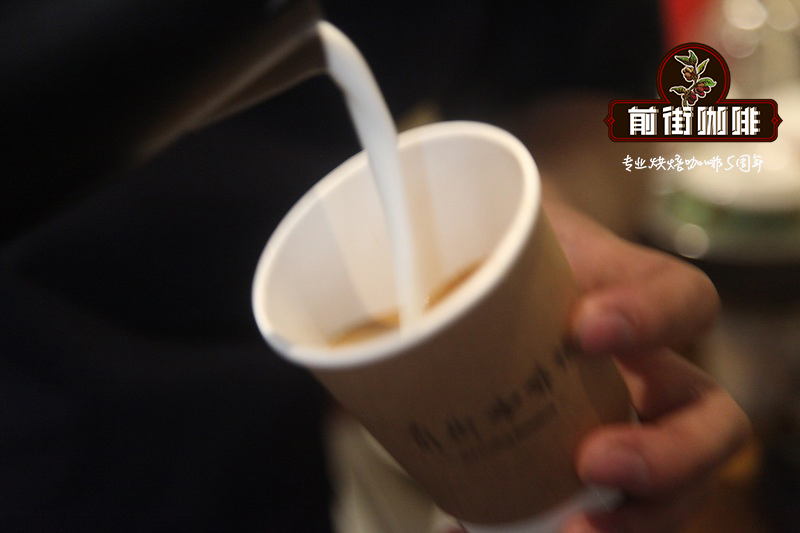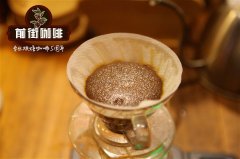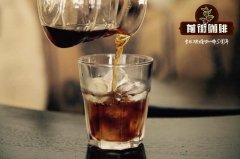Introduction to the information of Like processing field in Sheffikochel town, Yejia, Ethiopia. Is the coffee good?

Professional coffee knowledge exchange more coffee bean information please follow the coffee workshop (Wechat official account cafe_style)
Ethiopia Solar Yega Sheffield G1 Cochelle Chambesa treatment Farm
(Ethiopia Yirgacheffe Kochere Chelbesa Natural G1)
Flavor description: dried fruit, tea, grape, citrus, fruit-like sweetness, Body full!
Producing area: Yegashifi Kochel (Kochere)
Variety: Typica & Heirloom (native species)
Production: a large number of small coffee farmers gathered locally in Chelbesa.
Altitude: 1800 to 2km
Grade: solarization (the highest grade of G1 by ECX)
Annual rainfall: 1400 to 1800 mm
Soil: red comprehensive color
Introduction:
Kochere is located in the Gedeo region of southern Ethiopia, and the jurisdiction of this area is better known as Yegashefi and Kochere. As the coffee produced by Yirgacheffe has a unique flavor and is widely loved, it has its own style in product classification and has always occupied a place in the global boutique coffee market. Yirgacheffe, in the province of Sidama, is itself a small town, with three small producing areas of Wenago, Kochere and Gelena Abaya nearby. Because the flavor of coffee produced is almost the same as that of Yega Sheffield, Kochere is also classified as Yega Sheffield. Ethiopia implemented a new trading and grading system in November 2009. in addition to Yega Xuefei, three new by-product areas such as Wenago, Kochere and Genlena/Abaya have been added, which shows that the flavor of these three areas is very detailed and can be subdivided.
Kochere is a small production area located about 25 kilometers southeast of Yega Sheffield. The coffee beans are harvested from local small coffee farmers, which are composed of a large number of small coffee farmers. The average cultivation area of these small coffee farmers is about 1 hectare at an altitude of about 1800 to 2 kilometers above sea level. Coffee varieties are mainly a mixture of Typica and Heirloom (native species). Due to the relatively advanced raw bean water treatment equipment in this producing area, there has always been a high level of performance in the field of washing treatment, which is praised for its clean and sweet complex tonality of honey and citrus. In the main local production mode, small coffee farmers will harvest red fruits and send them directly to the washing treatment plant of the neighboring cooperative for unified treatment. Water washing technology was introduced into Ethiopia in the 1970s. At present, the raw bean treatment in Kochere is mainly water washing, but the sun treatment also has a high level of quality. After first screening the coffee fruits with graded red cherry color, the treatment plant directly uses water to remove the coffee fruits that are not fruitful floating on the water, and after picking up the coffee fruits with sunken red cherry color, the raw beans with shells are naturally exposed on the scaffolding with a humidity of 12% or less, which will be sent directly to the Ethiopian Commodity Exchange (ECX) warehouse in Awassa. The beans that are normally sun-treated are stored in the form of shell beans and will not be shelled until they are exported.
Chelbesa is located in Chelbesa Worka, a tribal village in Kochere, which belongs to a micro-processing farm under the village cooperative. It is called "Chelbesa". It has 700 member families, and the average member family grows coffee on an area of 2murl and 3 hectares. As the Gedeo region is close to the Great Rift Valley of East Africa, Oromia is one of the states of national administration in Ethiopia and is the main part of the largest and most populous administrative region in the country. This region has a volcano reaching 4,000 meters, forming a fertile foothill area which is very suitable for growing Cafe, coupled with abundant rainfall and hot spring water, provide the best natural resources for coffee cultivation. This batch of Chelbesa is the highest grade rated by ECX as G1, from appearance, consistency and freshness of raw beans to dry aroma and flavor. It is very rich in aroma performance, with the characteristics of the producing area of Kochere, and the flavor description: dried fruit, tea, grape, citrus, fruit-like sweetness, Body fullness.
END
Important Notice :
前街咖啡 FrontStreet Coffee has moved to new addredd:
FrontStreet Coffee Address: 315,Donghua East Road,GuangZhou
Tel:020 38364473
- Prev

Brewing course of Bodi Coffee beans in Poli Village, Sheffikoche Town, Ye Jia, Ethiopia
Professional coffee knowledge exchange more coffee bean information please follow the coffee workshop (Wechat official account cafe_style) Ethiopia sun Yega Xuefei G1 Cochel Town Poli Village (Ethiopia Yirgacheffe Kochere Bolje Bonde Natural G1) flavor description: comprehensive berry, honey water, fragrant cheese, peach sweet, malic acid, fruit wine surplus
- Next

What is the obvious difference in flavor between the same Ethiopian coffee Lim and Yega Xuefei?
Professional coffee knowledge exchange more coffee bean information please follow the coffee workshop (Wechat official account cafe_style) is also Ethiopian coffee, what is the obvious difference in flavor between coffee beans from Lim and Yegashefi? there are eight major producing areas of Ethiopian coffee, and LIMU is one of them, which is different from Sidamo and Yegashafi: its body is thinner.
Related
- Detailed explanation of Jadeite planting Land in Panamanian Jadeite Manor introduction to the grading system of Jadeite competitive bidding, Red bid, Green bid and Rose Summer
- Story of Coffee planting in Brenka region of Costa Rica Stonehenge Manor anaerobic heavy honey treatment of flavor mouth
- What's on the barrel of Blue Mountain Coffee beans?
- Can American coffee also pull flowers? How to use hot American style to pull out a good-looking pattern?
- Can you make a cold extract with coffee beans? What is the right proportion for cold-extracted coffee formula?
- Indonesian PWN Gold Mandrine Coffee Origin Features Flavor How to Chong? Mandolin coffee is American.
- A brief introduction to the flavor characteristics of Brazilian yellow bourbon coffee beans
- What is the effect of different water quality on the flavor of cold-extracted coffee? What kind of water is best for brewing coffee?
- Why do you think of Rose Summer whenever you mention Panamanian coffee?
- Introduction to the characteristics of authentic blue mountain coffee bean producing areas? What is the CIB Coffee Authority in Jamaica?

